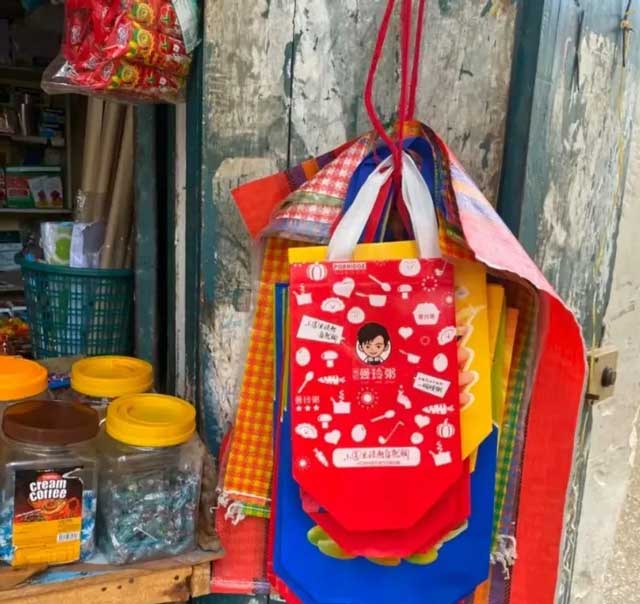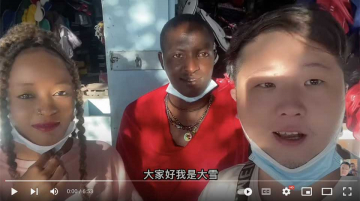
Chinese social media spotted a quirky trend in African cities like Nairobi. Sturdy, brightly printed Chinese takeout bags, the kind you get from a hotpot chain or milk tea shop, are showing up everywhere. These are not souvenirs from China. They sell for over a dollar each at street markets, and people sometimes queue to buy them.

The reason is not a sudden love for Chinese food. Many African countries, including Kenya, Rwanda, and Tanzania, have banned single-use plastic bags to fight flooding, pollution, and clogged drains. This created a demand for cheap, reusable, and attractive alternatives. Chinese delivery bags, made of durable non-woven fabric, fit the bill. They are strong, reusable, water-resistant, and printed with bold Chinese characters, making them both useful and stylish.
Behind this street trend is a powerful industrial base. China’s non-woven fabric sector, with hubs like Xiantao in Hubei, can produce millions of bags at very low cost. The supply chains are fast, efficient, and refined by years of competition in China’s food delivery market.
The bags reach Africa through a direct export route. They are sold for pennies on Chinese e-commerce sites, shipped in bulk by logistics companies, and passed to African wholesalers. From there they are sold in street stalls and small shops.
Why Is This Important?
It’s a reminder that globalization often works in unexpected ways: a local environmental regulation in East Africa has created a niche that Chinese manufacturers, through speed, scale, and design, are uniquely positioned to fill. It’s also a story about how a humble object, a bag worth a few cents in China, can travel thousands of kilometers to become a small luxury, a fashion accessory, and even a piece of social currency on another continent.










